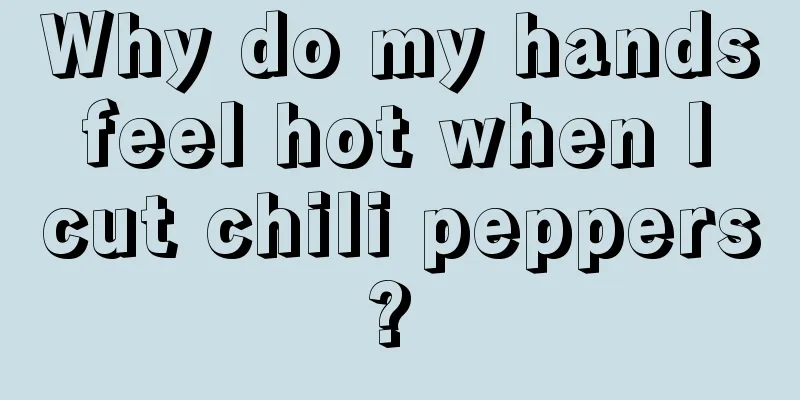If you have a stitch in the side, don't take it lightly

|
A stitch in the side is an internal injury. The cause is mostly due to excessive or improper force or sudden air intake when lifting weights, pushing carts, jumping, climbing, lifting or carrying heavy objects. The pain is not very strong, but it is very sudden and makes people uncomfortable. If left untreated for a long time or treated improperly, it can often cause tuberculosis. How can you help relieve the pain? "Strike in the side" is also known as acute chest and rib pain. The cause of "stitch in the side" is insufficient or no warm-up before strenuous activity. During strenuous activity, muscles enter a state of tension, while internal organs are too inert to move immediately to meet the nutrients and oxygen needed for muscle activity, causing the respiratory muscles to tense and spasm. Or when the body's oxygen demand increases, improper breathing, which only speeds up the breathing rate but makes breathing shallow, can also cause tension in the respiratory muscles and lead to spasms. Long-term lack of physical activity or cold weather, as well as low sodium chloride levels in the body due to excessive sweating, can also cause "side stitches". Some side stitches are allergic, and symptoms include frequent side stitches when moving. one. Change shallow breathing to deeper breathing, exhale slowly and deeply, and exhale forcefully. This will allow you to inhale a large amount of air to meet the oxygen needs during exercise, relax the respiratory muscles, and eliminate pain. two. Adjust your breathing rhythm and coordinate it with your running frequency, so that you can breathe in and out every two steps or three steps. three. If the pain cannot be relieved by the above methods, you can take a deep breath and hold your breath, tap the painful areas on both sides of the chest or under the ribs, and then take slow, deep breaths. Repeating this several times can gradually relax the respiratory muscles and relieve spasms. Four. Before strenuous activity, do warm-up exercises to allow the respiratory muscles to gradually adapt to a faster frequency of contraction to avoid spasms. five. When exercising in winter, try to breathe through your nose. If you breathe through your mouth, keep your mouth half open to allow cold air to enter your mouth through gaps between your teeth to prevent excessive stimulation from the cold air. After the "stitch in the side" is eliminated, you can continue to engage in physical activities without any harm or impact on your body. |
<<: Treatment of hindbrain tumor
>>: Prevention of posterior reversible encephalopathy syndrome
Recommend
What are the side effects of Acanthopanax?
Acanthopanax is a relatively common Chinese herba...
What are the common sports injuries and prevention methods?
When we exercise normally, injuries are inevitabl...
Common cold and AIDS cold
When it comes to colds, everyone thinks that this...
The efficacy and function of freshly squeezed orange juice
Many people think that freshly squeezed orange ju...
Radiotherapy is one of the main means of treating lung cancer
Radiotherapy is a method commonly used by cancer ...
Experts introduce tips for health care after uterine cancer surgery
Uterine cancer is a common uterine disease in wom...
What is the staging and cure rate of nasopharyngeal carcinoma?
What are the staging and cure rates of nasopharyn...
What are the measures to prevent brain cancer recurrence
What are the measures to prevent the recurrence o...
Can liver failure be cured
The situation for liver failure is relatively cri...
The fastest solution to eye pain
Eye pain is a disease caused by many reasons, and...
What should I do if I have obsessive-compulsive disorder?
Caring for hygiene is a very good habit for peopl...
Can I eat sea cucumber after gastric cancer surgery
You can eat sea cucumbers in moderation after gas...
What are the plants that can effectively remove formaldehyde?
Speaking of formaldehyde, many people actually un...
What should I do if I have a severe toothache?
Toothache is the most common oral disease. Most p...
What are the treatment principles and treatment methods for nasopharyngeal carcinoma?
What are the treatment principles for nasopharyng...









